Market Growth Projections
The Global Lymphedema Diagnostics Market Industry is poised for substantial growth, with projections indicating a market value of 0.02 USD Billion in 2024 and an anticipated increase to 0.05 USD Billion by 2035. This growth trajectory suggests a compound annual growth rate of 9.4% from 2025 to 2035. Factors such as rising prevalence of lymphedema, technological advancements, and increased awareness contribute to this positive outlook. The market dynamics indicate a robust future for lymphedema diagnostics, driven by ongoing innovations and an expanding patient population.
Increasing Prevalence of Lymphedema
The Global Lymphedema Diagnostics Market Industry is experiencing growth due to the rising incidence of lymphedema, particularly among cancer survivors and individuals with chronic conditions. As awareness of lymphedema increases, more patients seek diagnostic services. In 2024, the market is valued at 0.02 USD Billion, reflecting the urgent need for effective diagnostic tools. The growing population of elderly individuals, who are more susceptible to lymphedema, further exacerbates this trend. This demographic shift indicates a potential for increased demand for diagnostic solutions, thereby driving the market forward.
Growing Demand for Personalized Medicine
The shift towards personalized medicine is influencing the Global Lymphedema Diagnostics Market Industry. Tailoring diagnostic approaches to individual patient profiles enhances the effectiveness of treatment plans. As healthcare systems increasingly adopt personalized strategies, the demand for precise diagnostic tools that cater to specific patient needs is likely to rise. This trend aligns with the projected compound annual growth rate of 9.4% for the period from 2025 to 2035. By focusing on individualized care, the market may experience significant expansion, reflecting the evolving landscape of healthcare.
Rising Awareness and Education Initiatives
The Global Lymphedema Diagnostics Market Industry is benefiting from heightened awareness and educational initiatives aimed at both healthcare professionals and patients. Campaigns by health organizations and advocacy groups are instrumental in disseminating information about lymphedema, its symptoms, and the importance of early diagnosis. This increased awareness is likely to lead to more individuals seeking diagnostic services, thereby expanding the market. As educational programs continue to evolve, they may contribute to a more informed patient population, which could enhance early detection rates and improve overall treatment outcomes.
Government Support and Funding for Research
Government initiatives and funding for lymphedema research are playing a crucial role in the Global Lymphedema Diagnostics Market Industry. Various health departments are allocating resources to support studies focused on improving diagnostic methods and treatment options for lymphedema. This financial backing fosters innovation and encourages collaboration among researchers, healthcare providers, and industry stakeholders. Increased funding is expected to lead to the development of more effective diagnostic tools, which may further stimulate market growth. As research progresses, the market could witness a surge in new diagnostic solutions that address unmet needs.
Technological Advancements in Diagnostic Tools
Innovations in diagnostic technologies are significantly influencing the Global Lymphedema Diagnostics Market Industry. Advanced imaging techniques, such as lymphoscintigraphy and MRI, enhance the accuracy of lymphedema diagnosis. These advancements not only improve patient outcomes but also streamline the diagnostic process. The integration of artificial intelligence in diagnostic tools is expected to further refine the precision of lymphedema assessments. As these technologies become more accessible, healthcare providers are likely to adopt them, leading to a projected market growth to 0.05 USD Billion by 2035. This evolution in technology is pivotal for meeting the increasing demand for effective diagnostics.
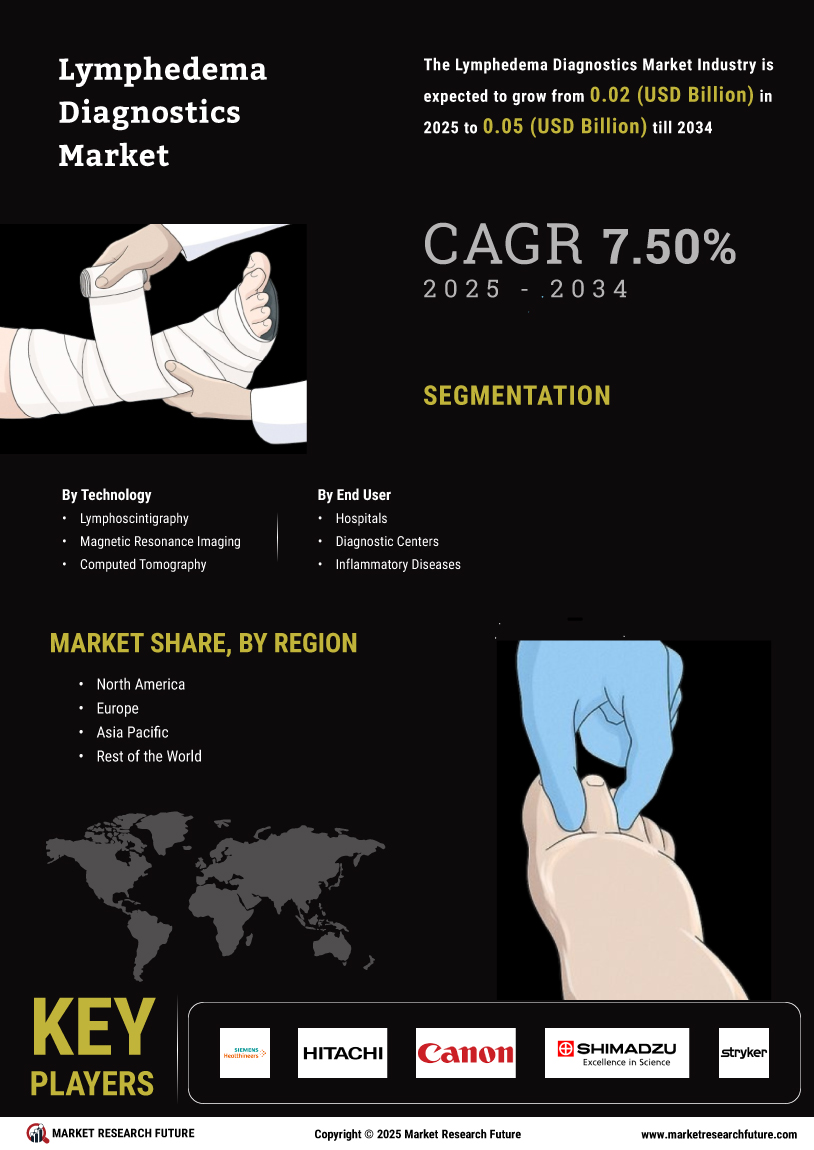

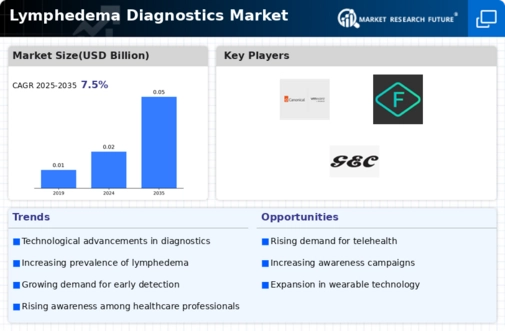
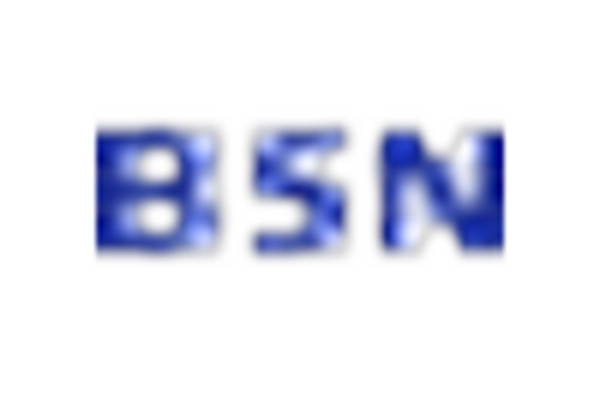
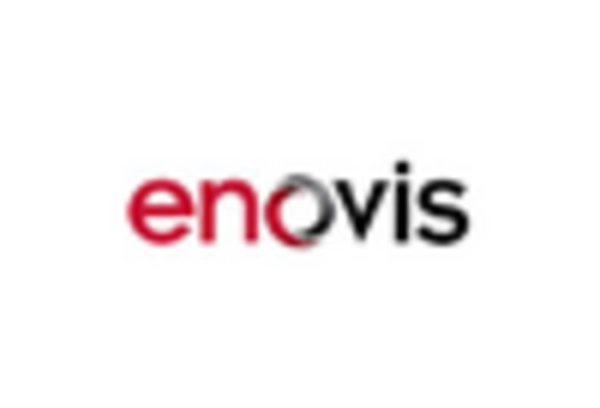
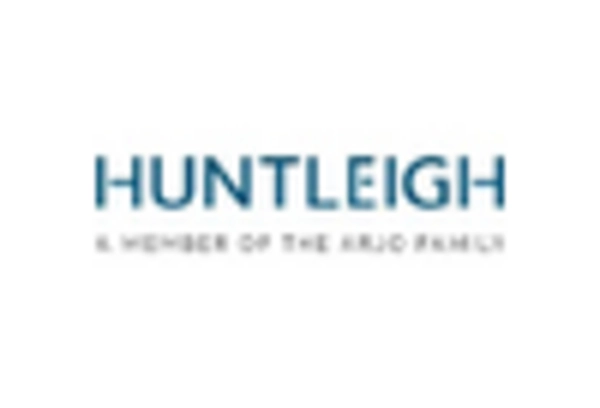
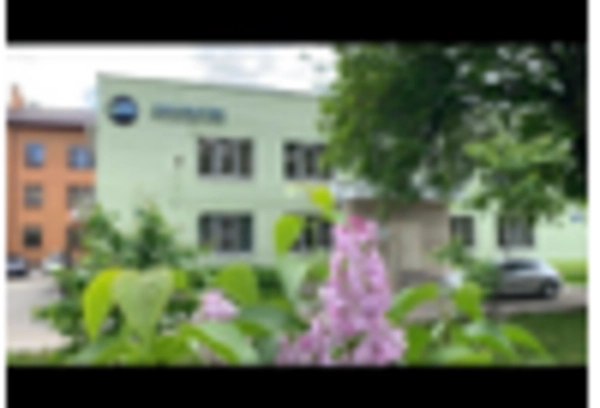
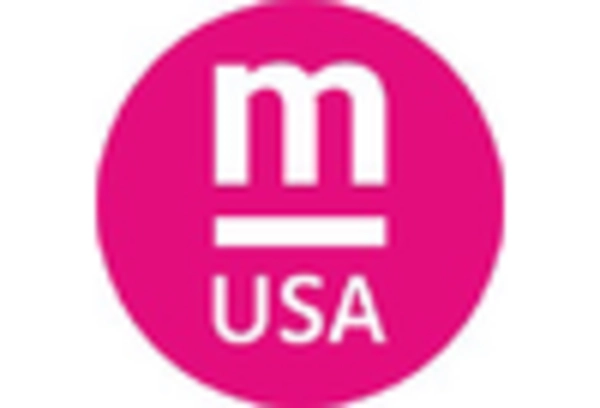
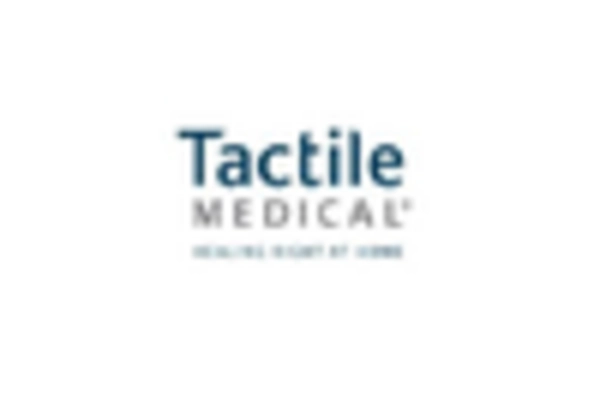








Leave a Comment